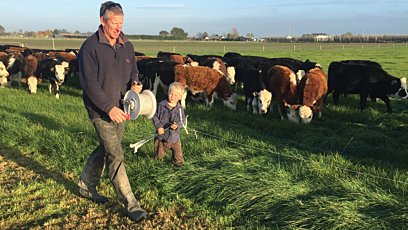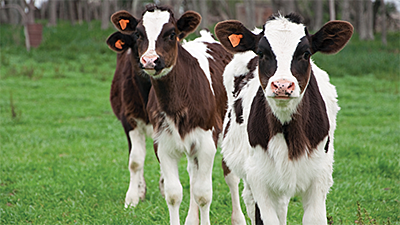
Time for a drench efficacy test?
Deciding whether ewes, two tooths and hoggets require a pre-lamb drench is not a black and white exercise.
There are strong opinions for all options, and in the end you need to make the decision that is best for your farm. Factors including worm resilience or resistant genetics of your flock, grass covers, Body Condition Score (BCS), twin or single pregnancy pasture larval challenge and the drench resistant status of your farm, all play a part in the decision making process.
A drench that is not fully effective leaves male and female worms carrying the genetic code, which enables them to survive the drench. It is a bit like giving worms a ‘get out of jail free’ card, or the code to the lock. This genetic trait is then passed on to their offspring with the surviving resistant worms having a breeding advantage over the susceptible ones. So in essence, you want to make sure that the product you chose is highly effective at killing the worms in your sheep.
Determining whether a drench active is effective, is done through a drench efficacy test. The test is on all the available actives or combinations; however it does not ensure that all formulations of that active will be effective. If this information is not available, a ‘drench check’ faecal egg count and larval culture 10-14 days after a drench is useful. When using a pre-lamb drench with long persistent activity, take a faecal egg count during the pay-out period. Docking or tailing is a convenient opportunity to do this. The presence of worm eggs indicates that not all worms were killed, and if they are all of the same species then this is highly suggestive of the presence of drench resistance. It may also be due to ineffective drench techniques, for example a faulty or incorrectly calibrated gun.
BCS sheep and collect faecal samples mid-pregnancy or at scanning. Have any eggs present hatched to identify the worm species and burden present in the mob, this provides information that is valuable to make an informed decision. The presence of a significant population of damaging worms may warrant drenching before the traditional pre-lamb period, with their removal helping the ewe to regain or maintainBCS and also reduce pasture larval contamination. If ewe BCS is less than three, then an effective drench can be even more valuable. It may be worth considering the use of a long acting drench at this time to remove the current worm burden and protect against the effects on ingesting more infective larva from pasture. A ewe pregnant with twins or triplets does not need a gut full of worms to contend with on top of the nutritional demand of growing foetuses. Optigrow mineral analysis on non-pregnant ewes at pregnancy scanning can also give useful information for any supplementation requirements.Each situation is slightly different.
Talk to your local PGG Wrightson representative about the options that are best suited to you. This may include a pre-lamb drench, the use of sheep nuts or strategic use of nitrogen.
Sponsored by Agritrade





